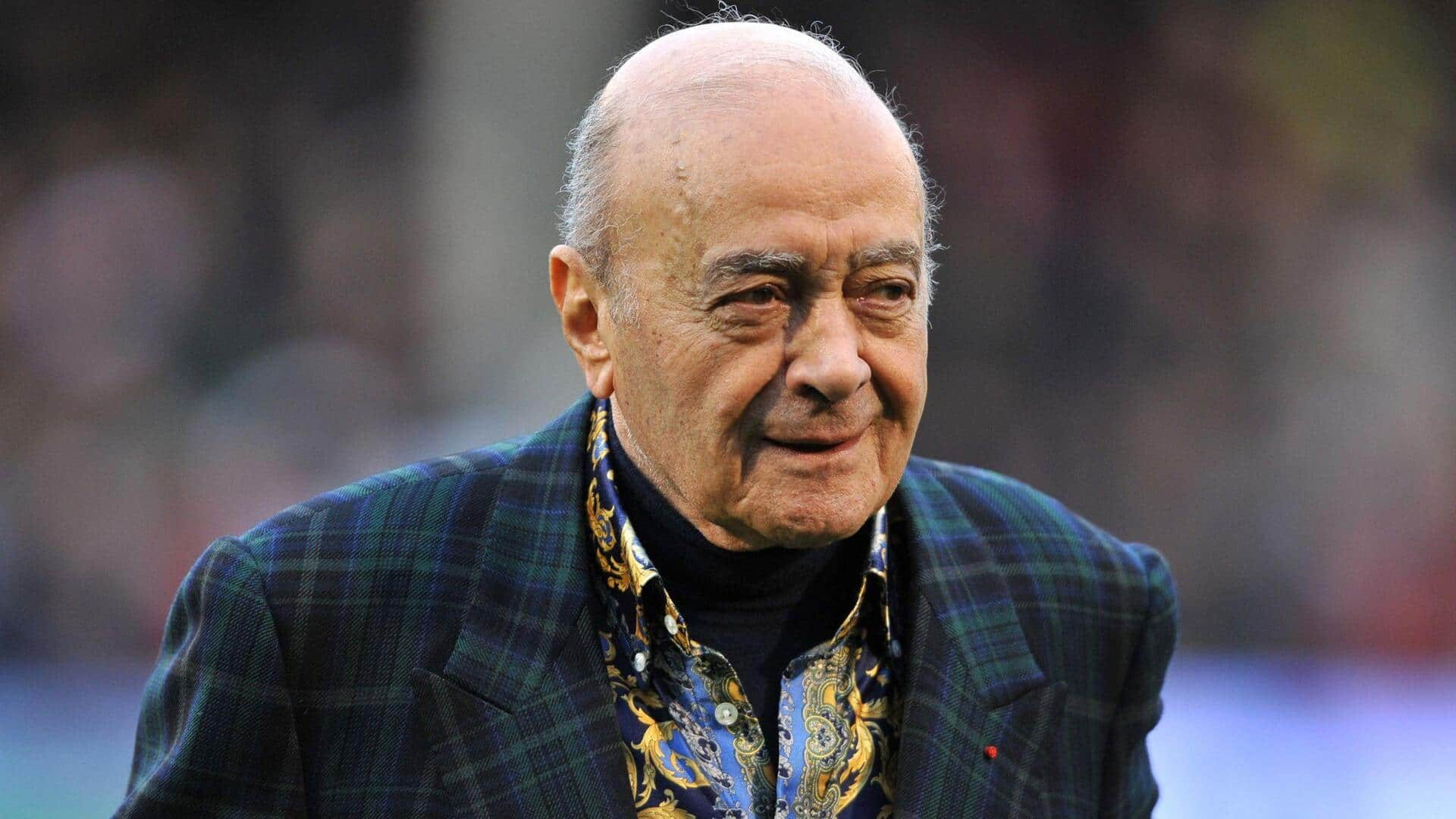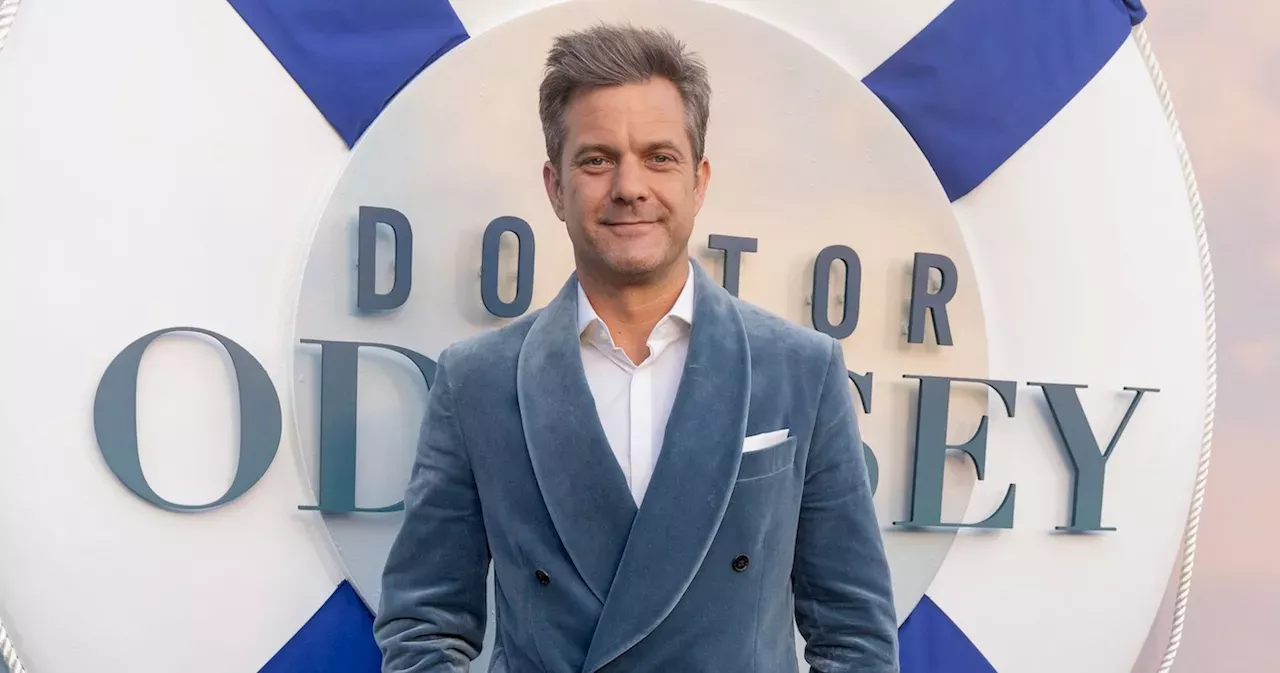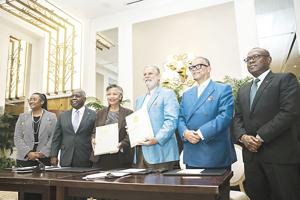Jaap van Zweden’s pandemic-interrupted tenure with the New York Philharmonic came to a close at Bravo! Vail over the weekend. The disciplinarian Dutch conductor, who was hired in 2018 after his intense style revived the Dallas Symphony, looked right at home in Vail on Friday night. “He has brought one extraordinary performance after another,” said Anne-Marie McDermott, Bravo! Vail’s artistic director, before van Zweden took the stage for performances of Prokofiev, Shostakovich and Mendelssohn.
The orchestral series concert began with Symphony No. 1 in D major. Prokofiev’s short and sweet symphony offered no point for even the most naive listener to dare nod off.

It’s brevity (14 minutes) and non-stop action —from every trill and grace note and sudden shift of volume — encapsulated the pre-Beethoven classical sound the composer intentionally embedded. Throughout, van Zweden drove the ensemble, establishing the forward-movement of phrase as an ever-present reality. The violins were the stars in style and boldness — for the first three movements — and in sheer speed in the Finale: molto vivace.
Sounding like one instrument through every scintillating passage, not a single note was lost in even the most breathtaking runs. “I’ve never heard of a 14-minute symphony,” remarked one concertgoer. “But I think I kind of like it.
” Russian sounds filled the Gerald R. Ford Amphitheater in the second work as well, as Chris Martin and Inon Barnatan — filling in for Igor Levit — took the stage for the Concerto No. 1 in C minor for Piano, Trumpet and Strings.
Employing a silky vibrato throughout lyrical passages, Martin’s sparkling high register and rich, full-bodied tone was an appropriate homage to the Germanic sound and French training of Bud Herseth, the legend whom he followed at the Chicago Symphony Orchestra before arriving in New York. Shostakovich’s score, at least on paper, presents awkwardness for the trumpet. Half the notes are accidentals, double-tongued entrances arrive after marathon measures of rests and the low-register is constantly exploited.
But Martin, like he was when he performed the piece in Vail in 2021 , was up for the challenge. As he dug arpeggios out of the lower depths of the staff, Martin never cheapened his double-tongued low notes, but instead fattened them with equal weight as the prolonged high pitches he ultimately landed on. His low G at the end of the first movement — a half-step above the lowest note on his instrument — was centered, full and pure.
In the muted sections of the Lento, Martin artfully stretched phrases, matching the emotionally powerful interpretations established by Barnatan, who for his part, seemed to be the lead communicator throughout the piece. The Israeli superstar took everything in. He turned to Martin often, giving and receiving.
The virtuoso also swiveled at his bench from time to time to see what the strings were up to. His glances at van Zweden whenever a musical thought was passed to the rest of the orchestra conveyed a palpable urgency, which pushed the entire experience forward. Even though Martin didn’t have the luxury of a showy work tailored for the trumpet’s technical capacity, he remained a faithful steward of Shostakovich’s thoughts, humbly balancing out Barnatan’s fiery cadenzas with stability.
In the closing moments of the Allegro con brio, however, it was Martin who got the final sixteenth-note say to bring the audience to its feet. After intermission, Felix Mendelssohn’s Symphony No. 3 closed the evening.
Inspired by his visit to the then-mostly desecrated Palace of Holyrood in Edinburgh, Scotland, Mendelssohn’s “Scottish” Symphony captures the mournful former glory of Queen Mary’s old home. “Everything is broken and mouldering and the bright sky shines in,” the German composer wrote to his family after his visit in July 1829. His words seemed poetically linked to van Zweden’s legacy with the New York Philharmonic.
The agitated structure of the first movement — mimicking Scotland’s stormy weather — with its short-long bagpipe-like rhythms, reflected the jolt felt by the ensemble during the global pandemic. Even in the misty haze of brokenness, “the bright sky shines in.” And so, even as Queen Mary’s initial theme pervaded a sense of permanent melancholy, the spirit of the 38-minute work took an abrupt turn in the closing moments of the Allegro vivacissimo.
Appearing out of nowhere, the French horns offered a poignantly refreshing melody of hope, their bells bellowing a bold orchestral hymn, which instantly incited chills in this listener. After the final note, van Zweden bowed to another standing ovation, in a place where he has been conducting ensembles in residence since 2009, and from an audience who has always appreciated him..



















